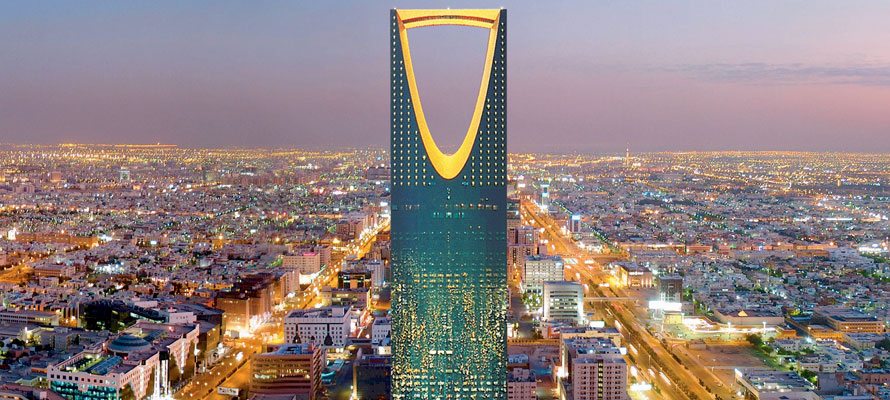
The Riyadh Development High Commission has announced plans to develop the Saudi Arabian city extensively.
RELATED ARTICLES: OTCE reaches turning point in Saudi Arabia | $800mn price tag for Riyadh Metro land | BACS consortium awarded $10bn Riyadh Metro contract
The Riyadh Development Higher Commission (RDHC) has approved plans to develop the Saudi Arabian city’s downtown area into a ‘historic, administrative, economic and cultural area’, the head of RDHC’s projects and planning centre has said.
During the second meeting of the commission, Ibrahim bin Mohammed Al Sultan said that discussions were held to formulate a plan that would bring about a facelift to the capital’s downtown area and turn it into an ‘outstanding centre in the Kingdom’.
The project will include new residential districts, recreation centres, parks, green open areas for people to take rest and modern transport systems, Al Sultan said. The central region will have three main railway lines and several bus routes, and will house the main railway station as part of the Riyadh metro project. The metro system will be part of the city’s public transport system.
“We plan to create a new cultural heritage and tourism route, beginning from the King Abdulaziz Historical Center to the Government Palace (Qasr Al-Hukm),” said Al-Sultan in a statement issued earlier.
Some 3,088-development projects worth SR278 billion are being implemented in different parts of Riyadh region and 62 agencies have been authorized to follow up on the implementation of the projects.
These agencies will also generate proposals for the development of the region and ways to resolve obstacles facing development. In addition, they will present regular progress reports to the RDHC.
Earlier, the rules and regulations for the development of Wadi Hanifa and surrounding valleys were approved by the RDHC. The project aims to make use of the area as a tourist and amusement center, while preserving its agricultural and heritage sites.

